
|   |

|   |
Gender equality in Kuchipudi - Ashish Mohan Khokar e-mail: khokar1960@gmail.com Photos: The Mohan Khokar Dance Collection April 7, 2014 So how, when and why did girls come to dance Kuchipudi? This is no ancient history, as with most things Indian in classical dance history! This situation happened just over 75 years ago. Thanks to a politician, no less. It is well known that from the very beginning Kuchipudi was intended to be a dance-drama, thus requiring a set of characters. It was not intended as a soloist's delight. This does not mean there were no solo dancers but that they were used as embellishment, an adornment. Being a dance drama also meant that an actor was obliged to sing, dance and speak. The most popular play remained the Bhama Kalapam, even though many other plays came to be written. The role of Satyabhama thus remained most coveted. In most plays, it is the female roles that dominated, like Rukmini in Rukmini Kalyanam, Usha in Usha Parinayam. Even Krishna remained pathetically marginalised in these plays. Except Prahlad Charithram, all plays were female centric. As per custom and tradition, males performed the female role. 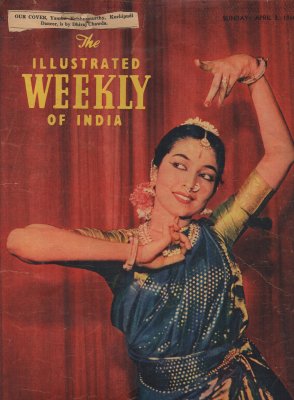
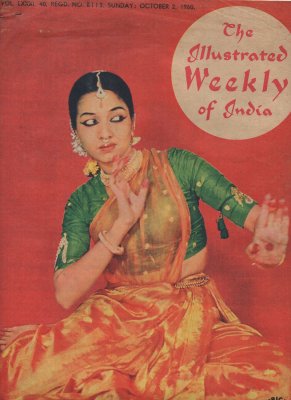
Yamini Krishnamurthi
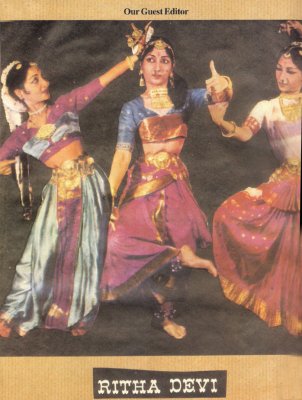 Ritha Devi 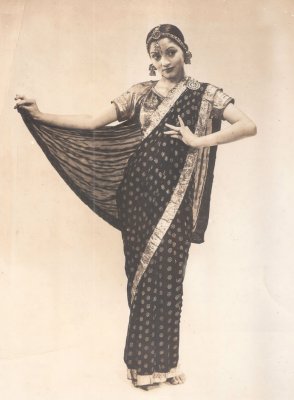 Indrani Rahman The Kuchipudi art form being in Telugu remained with the Telugus for centuries. It ventured out with smashing consequences on Jan 1948. Where else, to Madras. A function was held to celebrate the arrival of independence and of course the Telugus, who were a larger part of Madras Presidency, showcased their form and brought Lakshminarayana Sastri, the doyen of the time. The Finance Minister C. Gopala Reddi was invited to preside over the function. His speech stunned all. "The Kuchipudi style has remained a limited style (in appeal)... this has happened because no great exponent has come to spread it...The secret for its languishing lay in the fact that only men were its exponents...If it is confined to men alone it is doomed....they should start schools in which beautiful women, with proper facial features and physical build should be trained..." All hell broke loose! Naturally, words of an important minister like C. Gopala Reddi could not be taken lightly and lo and behold, a bevy of girls started learning and performing Kuchipudi. Thus, Kuchipudi was taken for the first time to Bombay in April 1955 with a bunch of girls and to Delhi in December for the National Dance Festival. In 1958, for the National Seminar on Dance sponsored by the SNA, the same Mandali - Venkatarama Natya Mandali - brought a group of girl dancers along with boys. At the important demonstration in the seminar, where the form and its technique was platformed, discussed and demonstrated to be accepted by the experts assembled as classical or an important regional form, a girl - Miss Kanchanmala, B.A., - performed. History had happened. Once Yamini Krishnamurthi, Ritha Devi, Indrani Rahman took to it, the form came centre stage. Rest as they say, is truly history! For more such stories and history, read latest issue of attendance 2014 on Telugu Traditions. (attendance-india.com) 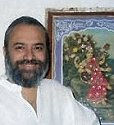 Ashish Mohan Khokar did his Masters in Indian History. He has over 40 published books to credit. Plus 30 years of direct arts management experience at national and international levels. He mentors many young talents, holds academic Dance DISCourses and has instituted awards with internships for younger proven potential talents. He is custodian of Mohan Khokar Dance Collection on which he relies for rare and relevant data, evidence and pictorial content to enhance these columns. He also edits and publishes India's only yearbook on dance - attendance - now in its 16th year. More details: dancearchivesofindia.com Responses * It is a commendable task to bring different pieces together. So appreciate the effort. Now, in the dance community, I read about some comments from others mentioning the name B Gopalreddy in similar context (not same) of Kuchipudi and its popularity. Is there a typo? Just wanted clarification as the information here is historical. It would be good if Narthaki can obtain the required information. Regards Bhavanvitha (April 23, 2014) * Perhaps some are thinking of and referring to Dr. Bezawada Gopala Reddy, who was essentially a man of letters and a connoisseur of arts. He was very involved with the arts and was a benefactor of artists. He was also the President of the Andhra Sahitya Akademi and in the end 60s, the Governor of Uttar Pradesh. In fact, Natyasastra monograph of Dr. P.S.R Appa Rao and P. Sri Rama Sastry is dedicated to this B. Gopala Reddy. - Ashish Mohan Khokar (April 24, 2014) * Thank you for the clarification that the person referred to is indeed C. Gopala Reddi. There is a confusion since there seems to be a similar comment by Dr. B. Gopala Reddy in similar context and this was referred to by some who commented on the reported matter in a forum. Unfortunately, I was not able to find relevant information to relate to limited appeal (in fact it was a tradition intended to be preserved by the Kuchipudi families those days) about celebration of Independence function where the observation was made. Thank you, Mr. Khokar, for the clarification and the authenticity from your records. If possible, I request you to forward the details on this. However, I don't think one can ascribe hell breaking loose to this. The interesting point is India itself did not have center-stage until 1947 as to independence. With such stories and history, I am sure attendance would provide a good guide. - Bhavanvitha (Apr 30, 2014) * Poetic license is not just a poet's prerogative but a politician's too! Please also don't forget the context of what was said & when. Expressions used 50/60 years ago may sound strange now ("limited appeal", "all hell broke loose") but proofs of such sayings are in newspaper archives of the times, you will have to find in archives of those newspapers of Madras (The Hindu; Free Press Journal;Swatantra) because these were public statements. Such musings may not find ready takers today but they still form a part and slice of history. All such documents and many thousands more lie in the Mohan Khokar Dance Collection (dancearchivesofindia.com) and if the govt. agencies/some university or corporate India cares, these can be inventorised / digitised for use by enthusiasts/lay person or scholars worldwide. Our yearbook attendance (attendance-india.com) is a very small platform for such and more snippets and slices of Indian dance history. I've written hundreds of articles on dance in the last 30 years, as also my 14 years of writings for this portal, narthaki, which is 14 years old! - Ashish Mohan Khokar (May 3, 2014) Post your comments Pl provide your name and email id along with your comment. All appropriate comments posted with name and email id in the blog will also be featured in the site. |